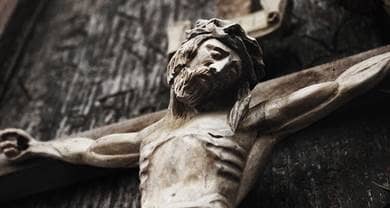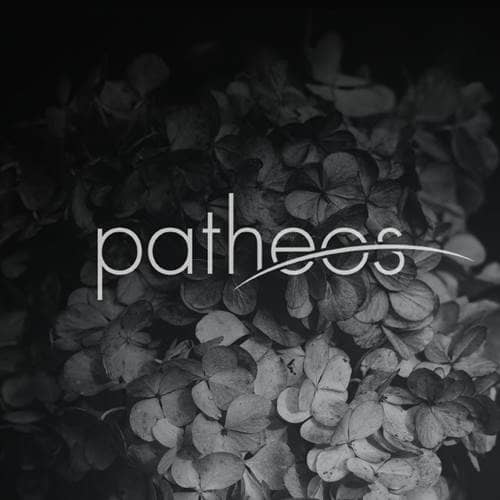- Trending:
- Pope Leo Xiv
- |
- Israel
- |
- Trump
- |
- Social Justice
- |
- Peace
- |
- Love

RELIGION LIBRARY
Roman Catholicism
Community Organization
The Roman Catholic Church is a hierarchically structured religious institution that stretches into almost every country on earth. More than one-sixth of the people on the planet call themselves Catholics, far more than any other Christian denomination and more than most other religions as a whole. Keeping all the people and resources of the Church in order requires enormous amounts of organization.
The building block of this organizational structure is the parish. A parish is actually a geographic area centered on a Catholic church, but the term is generally applied to the community of those who worship in the church. Parishes are usually created to serve the needs of those living in a particular area, but some are organized around ethnic or linguistic communities. In the United States, for instance, a 19th-century Catholic might have found different churches serving Irish, German, and Polish believers all within a few blocks of each other. This is less common now, but parishes organized by linguistic preferences are still a vital part of Catholic life. According to Canon Law, the law of the Church, each parish has at least one priest who celebrates Mass and the sacraments and stands as the effective leader of the parish.
Parishes are grouped into dioceses, each of which has a bishop as its head. The diocese may also be part of a larger grouping such as an archdiocese (headed by an archbishop) or a patriarchate (headed by a patriarch), depending on its size. Ultimately all administrative units of the Church report to the Church's leadership, which is usually said to be in Rome but is more properly described as located in Vatican City, an enclave within the confines of Rome that comprises the world's smallest city-state.
Catholics experience the Church mainly through their parish and the priest or priests who serve it, seeing their bishop only on rare occasions. Nor do they usually have any direct contact with archbishops, cardinals, and other administrative leaders of the Church. Most Catholics will never have direct contact with the pope, either, but reverence and concern for the pope is a normal part of the average Catholic's life. Just as most citizens of a country will never meet its highest leader but remain vitally concerned about who the leader is and what policies he or she endorses, Catholics maintain a deep awareness of, and often a great love for, the pope.
Children and adults enter the Church through baptism, but being baptized is not enough for a person to be considered a Catholic. That term is actually reserved for a person who is in communion with the pope, as evidenced by being in communion with his or her local bishop. "Being in communion" here means recognizing the authority of the pope, and through him of the bishop. This way of understanding Catholic identity has been in existence since quite early in the Church's history, and remains the authoritative view. Still, the understanding of what is means to be Catholic has evolved over time, especially since the reforms of Vatican Council II in the 1960s. Catholics of previous generations often thought of the Church as being comprised of the hierarchy and those who accepted their authority, but the more common view today is that the Church is the assembly of God's people, laity and clergy alike.
Most doctrinal and theological decision-making authority is centered in the members of the clergy, but the laity is being called to take a more active role in Church activities. Not only do lay members make up the bulk of the Church's membership, but they also do the majority of its daily work in parishes. The changing understanding of what constitutes the proper interaction and level of respect between clergy and laity sometimes results in tensions and differing understandings, and occasionally erupts into outright conflict as members of the laity look for more of a voice in the inner workings of the Church. Most often, though, the clergy and laity are navigating this changing understanding with agility and tact.
The Catholic understanding of community has also undergone a revolution since Vatican II. Catholics previously inhabited something of an isolated world, separated from their neighbors of other faiths or denominations by walls of convention and mistrust. Catholics believed that those outside their faith could not find salvation; others believed that Catholics were to be feared and mistrusted. But as western society opened and changed and the Church took to heart the theology expressed at Vatican II, those walls fell. Today Catholics in western culture usually find themselves fully integrated into society, and when Catholics in non-western cultures experience the effects of religious mistrust it is generally because of their status as Christians in general, not as Catholics in particular.
Study Questions:
1. How do parishes aid in the structure of Catholicism?
2. Describe the hierarchical structure of leadership within the Catholic Church.
3. What does it take for one to be considered a Catholic?










